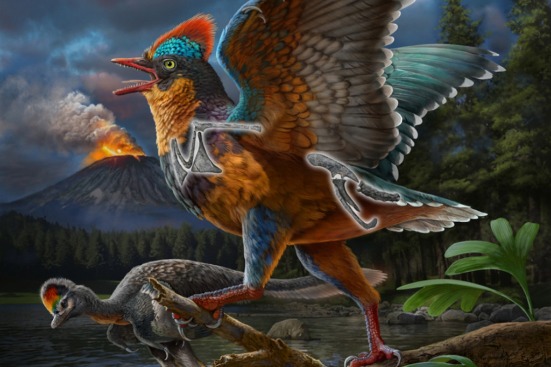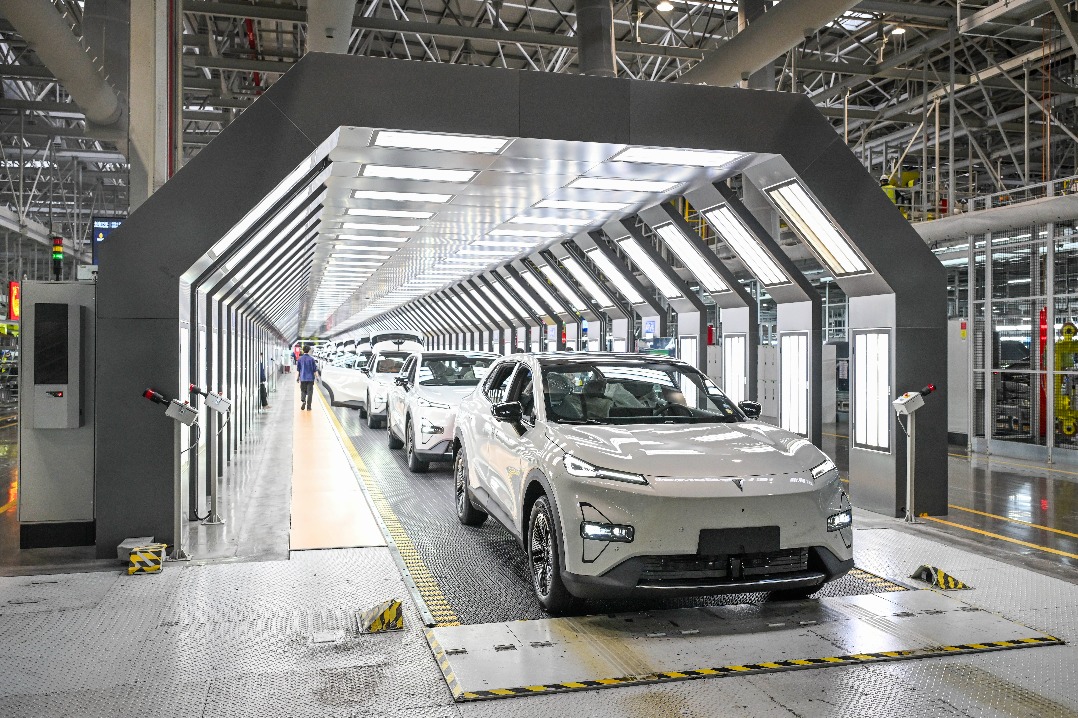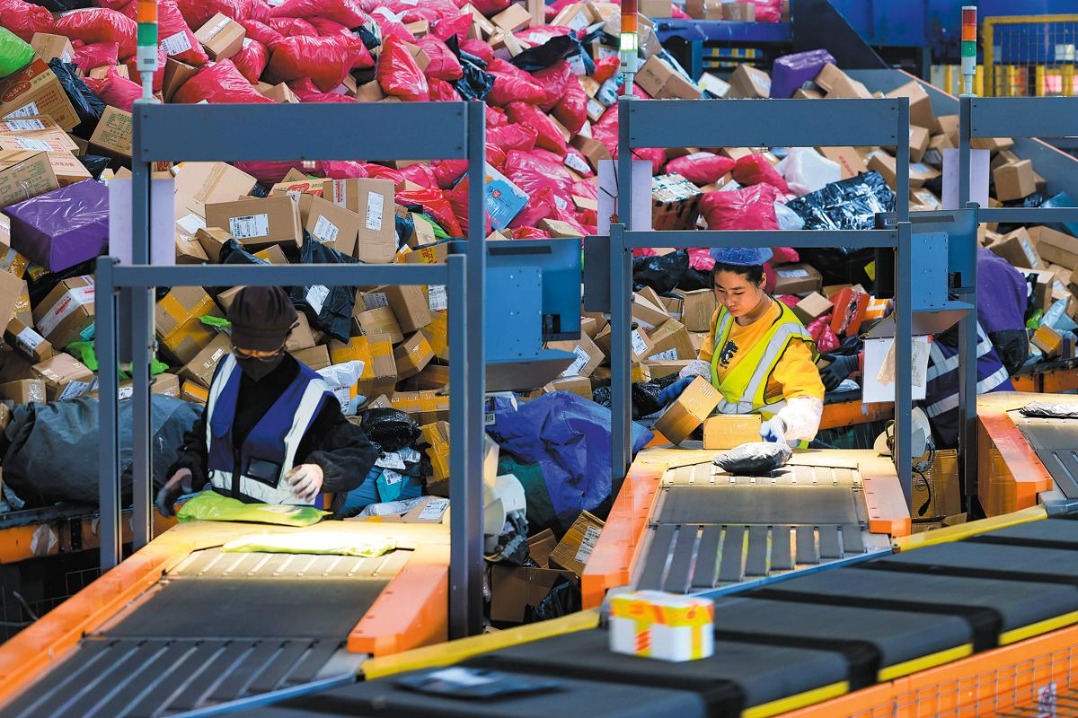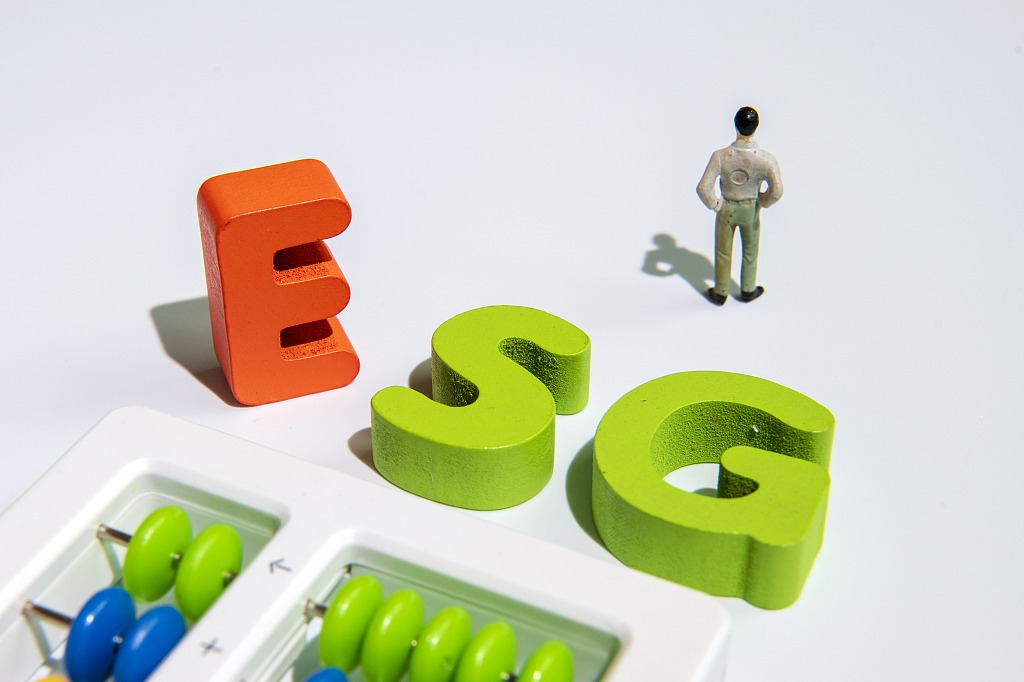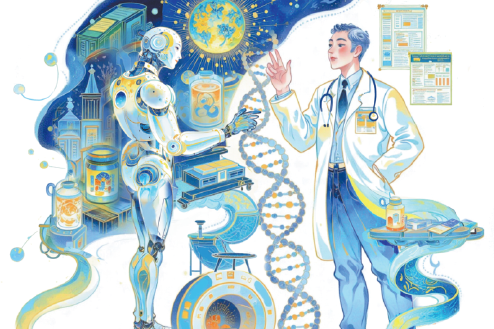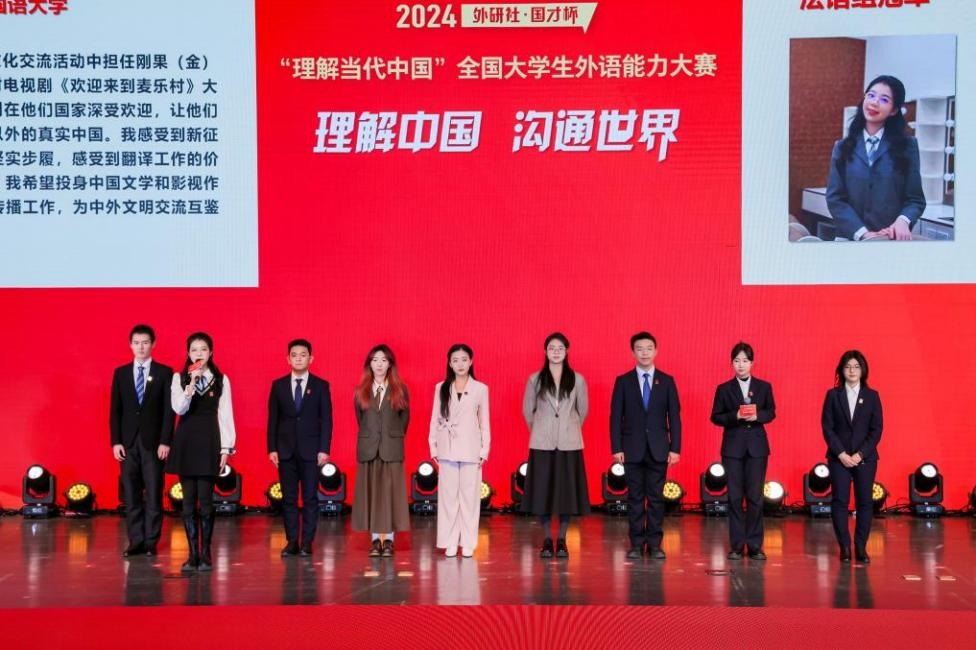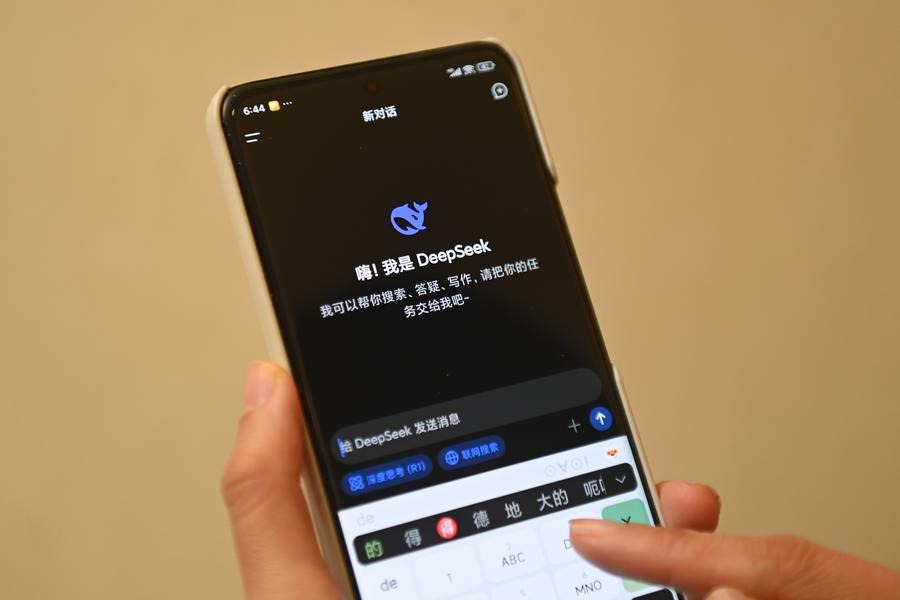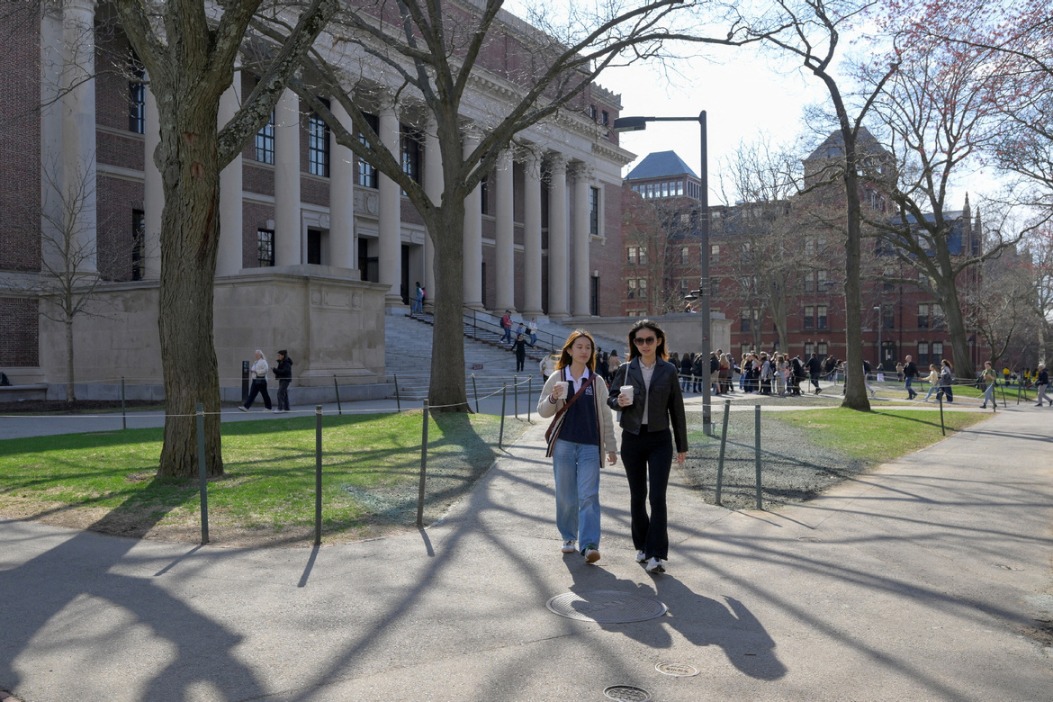More ups than downs
Looking back across half a century to the future of EU-China relations can help stabilize the faltering international system


This May marks the 50th anniversary of the establishment of formal diplomatic relations between the European Union and China following a meeting between leaders of both sides. It is amazing to look back and see how much the EU-China relationship has changed over the past 50 years, and also how China and the EU themselves have changed.
Fifty years ago, China was near the end of the "cultural revolution" (1966-76). The EU, then the European Economic Community, consisted of nine member states with limited political integration. The EU and China were far from each other in all senses. The average income difference was huge. People-to-people contacts were extremely limited. Trade between the two sides was just above 2 billion euros ($2.3 billion) a year, which is the daily trade volume now. Political dialogue was rare and ad hoc. For Chinese people, Europe was a different, unfamiliar world; for Europeans, the same was true of China.
Jumping directly from 1975 to 2025, it is impressive how much closer and deeper the relationship is today; and how much better China and the EU understand each other. The amount of economic and political interaction between the two has expanded tremendously; and the scope of people-to-people contacts has grown significantly. Today, many Chinese people have already visited Europe and most of them have a fairly good idea about the European lifestyle, culture and political system. Per capita income in some of China's coastal provinces rivals that of some of the EU member states. Also, Europeans today have a much better idea about China and everyday life in China than was the case 50 years ago.
In the years following 1975, EU-China relations developed quickly. A trade agreement was signed in April 1978. A textile agreement was signed in 1979. That same year, then EEC Commission president Roy Jenkins met then Chinese leader Deng Xiaoping. The Agreement on Trade and Economic Cooperation between the EEC and China was signed in 1985. The language used in those early days of the relationship was a language of hope and optimism. In a 1981 speech, then EEC Commission President Gaston Thorn spoke of "common resolve", "mutual trust", "non-interference", as well as "friendship and solidarity". The 1985 Trade and Cooperation Agreement focused on developing economic and trade relations between the two sides, based on equality and mutual advantage.
China's economic opening-up in 1978, Deng's Southern Tour in 1992 and the establishment of the European internal market — the Single Market — in 1993, accelerated economic cooperation between the two sides. The focus then was on economic opportunities and growing political cooperation. The first EU-China Summit took place in London in 1998. Since then, summits addressing both political and economic issues have been held regularly.
China's accession to the World Trade Organization in 2001 was a watershed moment in the relationship. Negotiations were difficult and hard, but constructive, and there was a sense of relief on both sides when agreement was reached. The agreement, followed by China's subsequent rapid economic development, reshaped the relationship with increased expectations on both sides, culminating with the agreement to elevate the relationship to a strategic partnership in 2003.
As the relationship deepened, it also turned more complex. In 2003, an approved destination status agreement opened Europe to large numbers of Chinese tourists; difficult negotiations on the textile agreement in 2005 demonstrated visibly how competitive Chinese industry had become; the same year saw the EU deciding not to lift the arms embargo and the establishment of EU-China High-Level Strategic Dialogue, followed in 2008 by EU-China High-Level Economic and Trade Dialogue, the inability to solve the "Market Economy Status" issue, and China's exclusion from the Galileo Project in 2008.
Two other factors played important roles: the seemingly permanent increase in the EU's trade deficit with China (more than 300 billion euros in 2024) and the changed composition of the EU, first with the enlargements in 2004,2007 and 2013 and later with the departure of the United Kingdom following the 2016 Brexit vote. The explicit designation of China as a "systemic rival" in 2019 pushed the two further apart.
After the pandemic, Europe placed renewed stress on de-risking supply chains from China. The shelving of the Comprehensive Agreement on Investment in 2021 after seven years of negotiations, and the mutual sanctions that followed, marked a further deterioration in the relationship. In 2024, tariffs were raised on Chinese electric vehicle exports, adding additional strain. Meanwhile, the Joe Biden administration intensified a very determined effort to align the EU policy with its own China stance. Finally, on a more positive note, we saw the entering into force in 2021 of an agreement on Geographical Indications.
Last year was a difficult year, marked by little interaction and mutual recrimination. However, much changed in early 2025 with the onset of a renewed trade war launched by the United States. The change in the US administration has disrupted the transatlantic relationship, as well as the past alignment on Russia, and by extension, views on China's ties to Russia now diverge between the US and the EU.US President Donald Trump has made it abundantly clear that he has little time for and little respect for the EU and that he sees China as the US' primary economic, technological and geopolitical rival.
Looking ahead to the next 50 years, China, the EU and the world at large will be increasingly interdependent, as the pressure on resource constraints and on climate action increases, as well as the challenges arising from the development of new technologies. Countries have no choice but to cooperate more closely if these shared global challenges are to be addressed. The focus should be on solving pressing future challenges, rather than focusing exclusively on current differences and disagreements.
The international rules-based system is under great strain, and it needs leadership. The EU and China should rise to meet this challenge. The current trade war offers more than a confrontation — it offers a test. If the two sides can act together, as they decided to do in 1975, despite many differences in outlook, culture and governance, they not only serve their own interests, but also help stabilize an international system that is fraying at the edges.

The author is former EU ambassador to the Philippines and Vietnam, and former deputy head of the European Commission Delegation in Beijing. The author contributed this article to China Watch, a think tank powered by China Daily.
The views don't necessarily reflect those of China Daily.
Contact the editor at editor@chinawatch.cn.
















